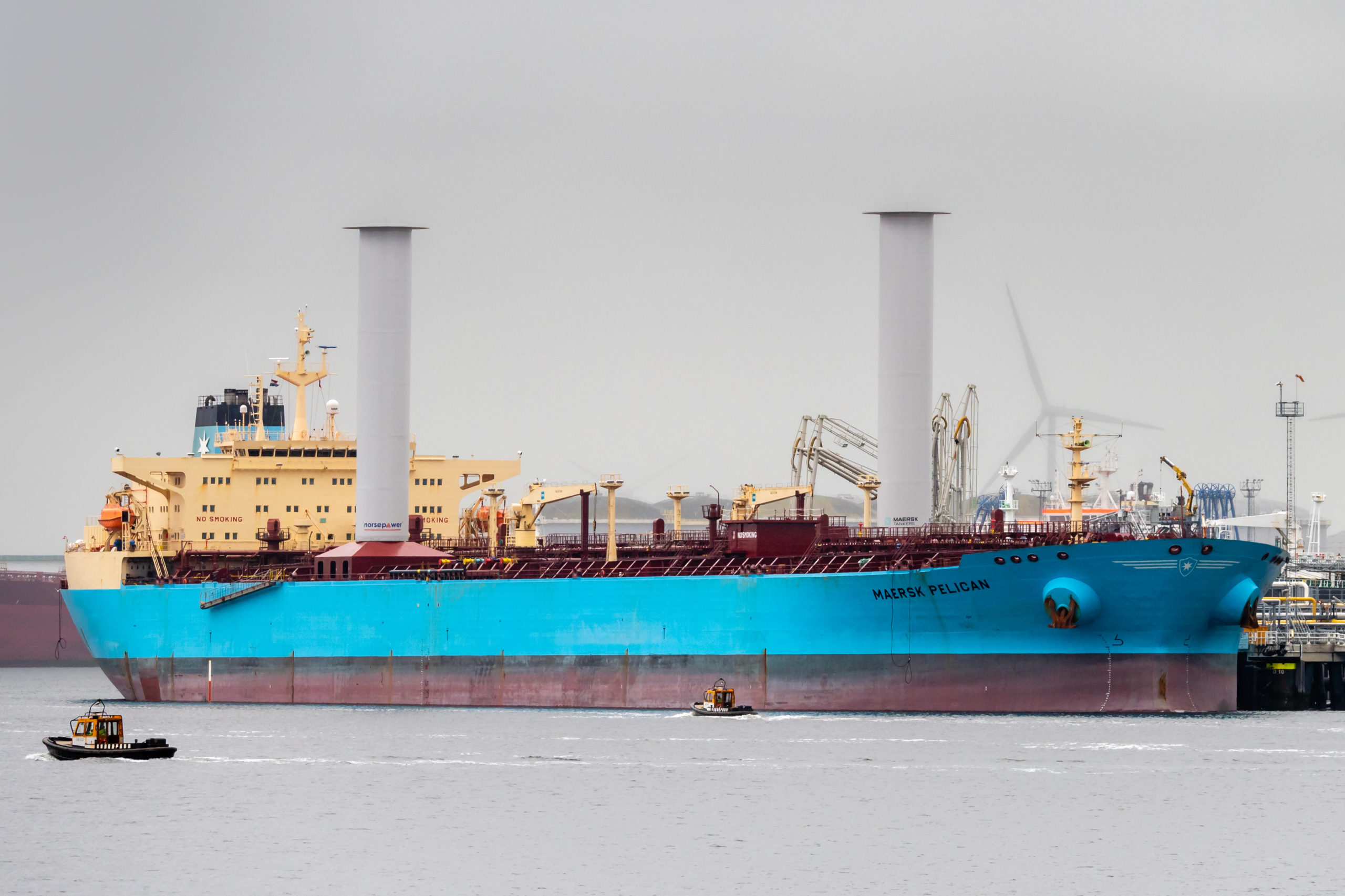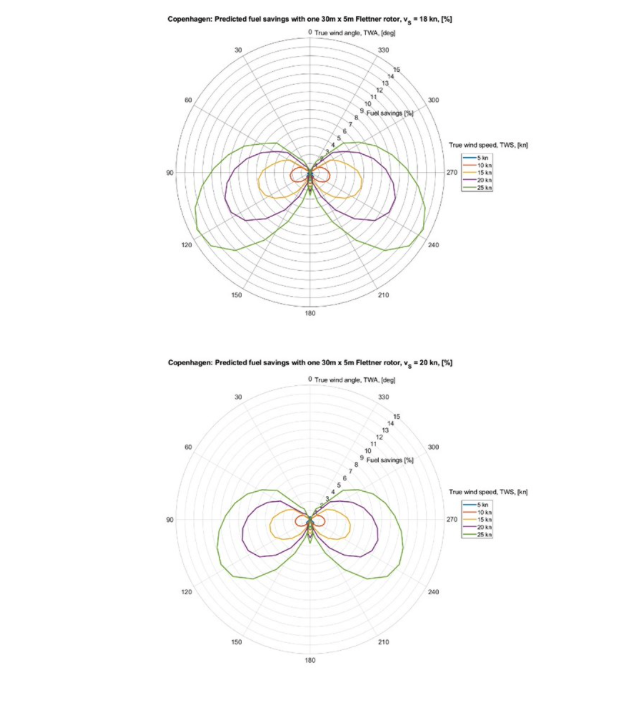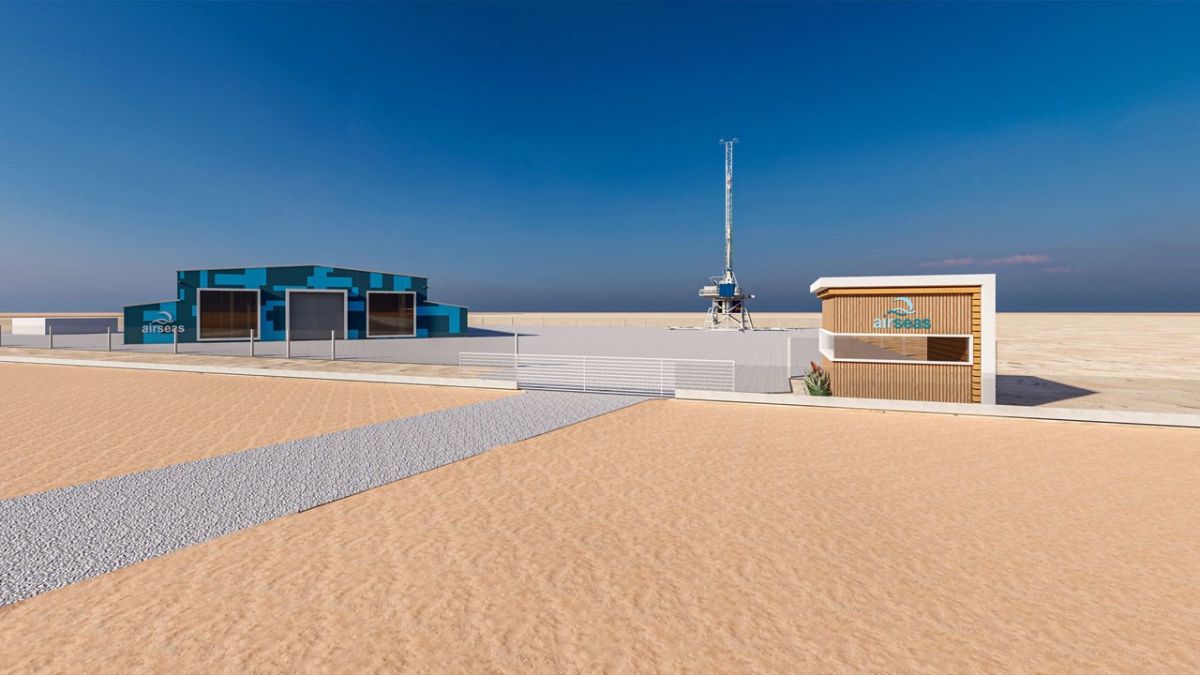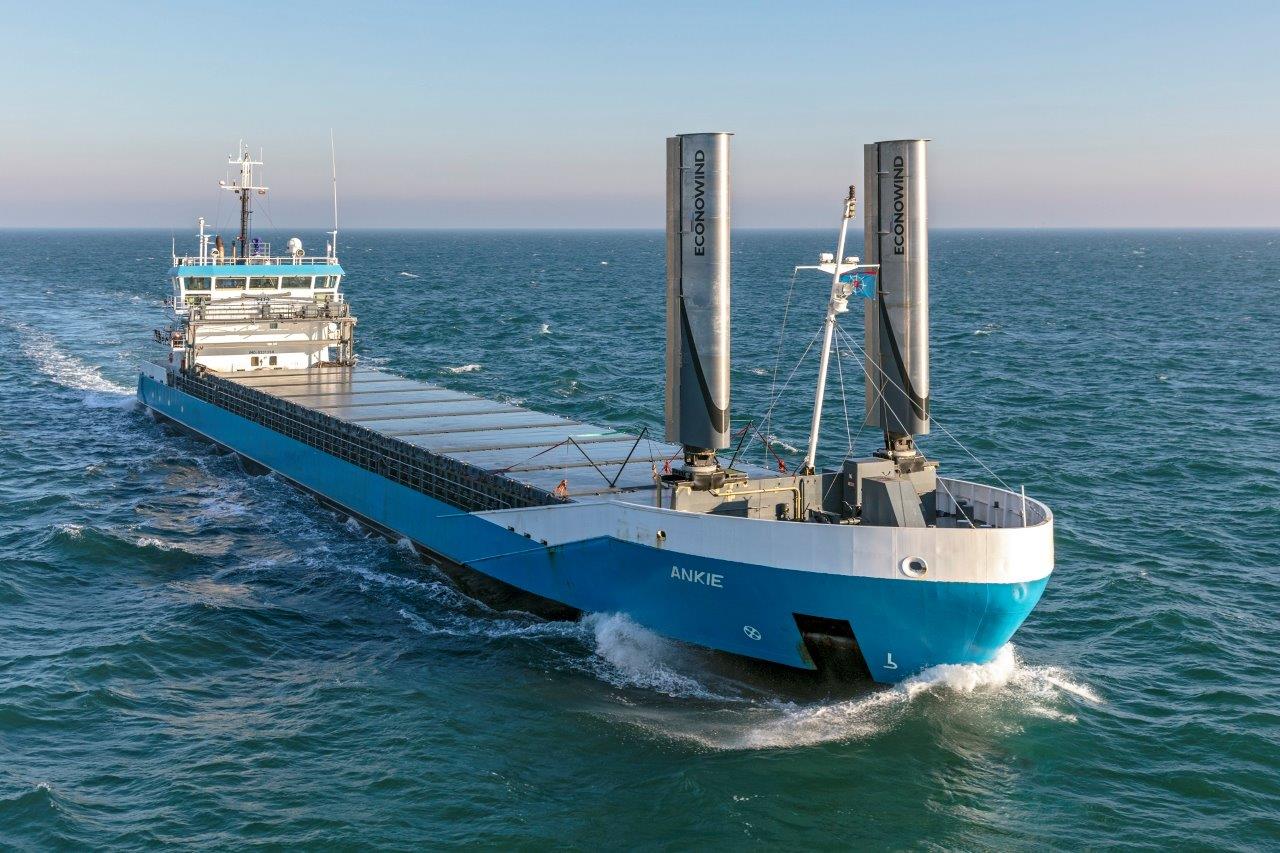The temptation to exaggerate or embellish fuel saving results and performance has always existing. Now is the time for pragmatism and honesty as shipping looks for answers
Wind propulsion is back, we have been reporting about it in Fathom World for a number of years now as modern takes on older concepts are used to reduce fuel use and therefore emissions. But while there are a growing number of installations available making honest statements about fuel savings and about the reliability of equipment is paramount for the build-up of trust.
By the end of 2023 there could be 49 vessels in commercial service with a modern wind propulsion solution installed. That number will grow as owners look at how they meet the low emission challenges being set by EU and international regulations. It is also notable that this ‘return to wind’ story has made mainstream headlines. This is in some ways, a good news story for shipping, an industry that tends to hit the headlines when its bad news.
Wind propulsion companies are keen to show the benefits of their systems, and like so many energy saving devices developers use percentage savings of fuel, and therefore CO2 emissions. These are proving to be unreliable as the percentages given are often not directly comparable. System makers are using different baselines to make sweeping statements, which often cannot be readily interpolated to different ship types and sizes.
A new drive for standards
Partners of an EU funded wind assist project hope this can soon change, by creating a common way to perform sea trials of wind propulsion systems, as well as guidance on how to define the efficiency of a fuel saving wind assist system.
The project is the Intereg WASP (Wind Assisted Ship Propulsion) project which brought together two or three system makers, shipowners, universities and research institutes. Sofia Werner from RISE Maritime, formerly SSPA, in Gothenburg Sweden ran the WASP work package on standards and says there are some ways things can be easily standardized to ensure owners seeking to install systems have the facts.
The WASP project include performing performance trials on four vessels with wind assist solutions onboard, with Werner saying the team soon saw once the project started that there are many different ways to express performance. For example, one way of stating a power saving could be 30% when the wind is at an optimal relative direction to a vessel and at a certain speed, in other word, the very best saving at a particular moment, while another way to express savings could be the overall power savings over a year, so will be much less because there are times when the technology is not used, or the winds are not optimal on some routes.
“This is something to keep in mind when we hear power savings being expressed, without further explanations of what is behind these figures,” she said. “There are some pitfalls when we use the percentage power saving, it gives an impression that it’s a number that we can compare between different cases and different ships, but actually, if we look at the very simple mathematics to derive a percentage power saving, we see that we need to divide by some baseline power.”
So how should wind assist system performance be tested? Should they assume calm waters or clean hulls, or a sea margin? What about including pilotage and harbour maneuvering in fuel consumption figures to give a total fuel saving for a system over a specific period of time? None of this is currently specified.
There is recommendation, said Werner, that companies should switch to using an absolute number of kilowatts saved when a device is in use, not a percentage figure. This is part of the development of key performance indicators for wind assist solutions, an outcome of the WASP project.
Performance as a power saving potential is an ideal number, and the highest possible saving one can get from an installation on a specific ship, she said.
Wind assist sea trials are not the same as newbuilding sea trial
Another issue is sea trials and finding potential standard way to run them. People in shipping may be familiar with the notion of sea trials. They are done after a newbuilding is delivered or after a vessel has had a significant modification such as a lengthening.
In these sea trials an engine and the ship are put through its paces, with the sea trial data including a set of figures, or factors, to account for the sea state, namely waves and wind, at the time. There are calculations to remove these influences form the trials to ensure the data is clean.
A sea trial for a wind assist technology cannot be put through the same tests: the weather conditions which are removed in normal sea trial calculations are fundamental to the performance calculation of the wind assist system.
Most wind propulsion makers will have done modelling of their systems to determine performance expectations at certain wind conditions and directions. This creates a compass rose of results, and the sea trials should therefore be partly to assess the veracity of the model rather than achieve a full range of new performance data.
“The sea trial is more like a spot check,” said Werner. “It does not cover the whole matrix of possible wind speeds and angles.”
The recommendation is to have short trial runs, over a day, using the ships own recordings of power and speed to check the results in terms of power savings and see whether they meet the modelled expectations.
The long-term hope is to improve industry perception of shipping and build confidence in the fledgling industry.
One unnamed industry expert told Fathom World recently. We need to be honest, warts and all, even when things may go wrong. It’s the only way to build confidence in the new age of wind.


































